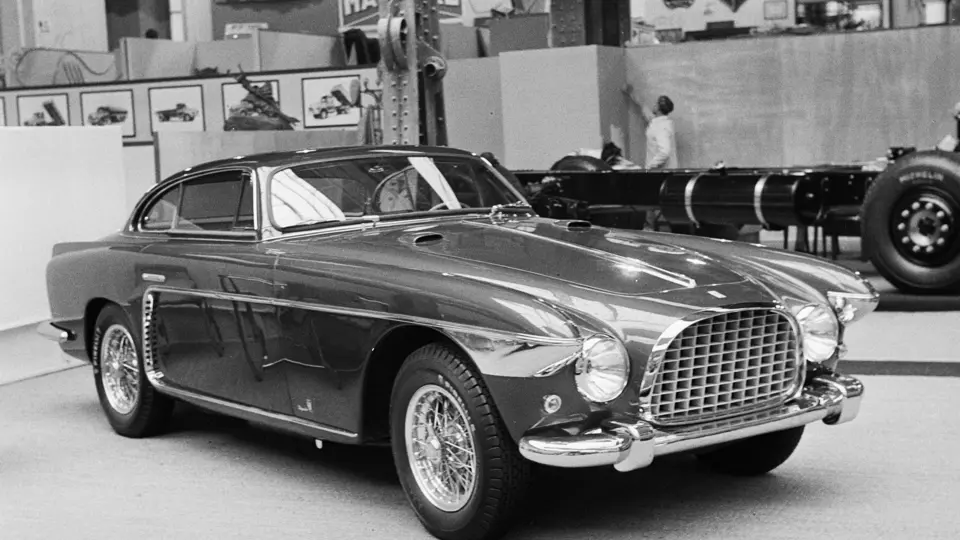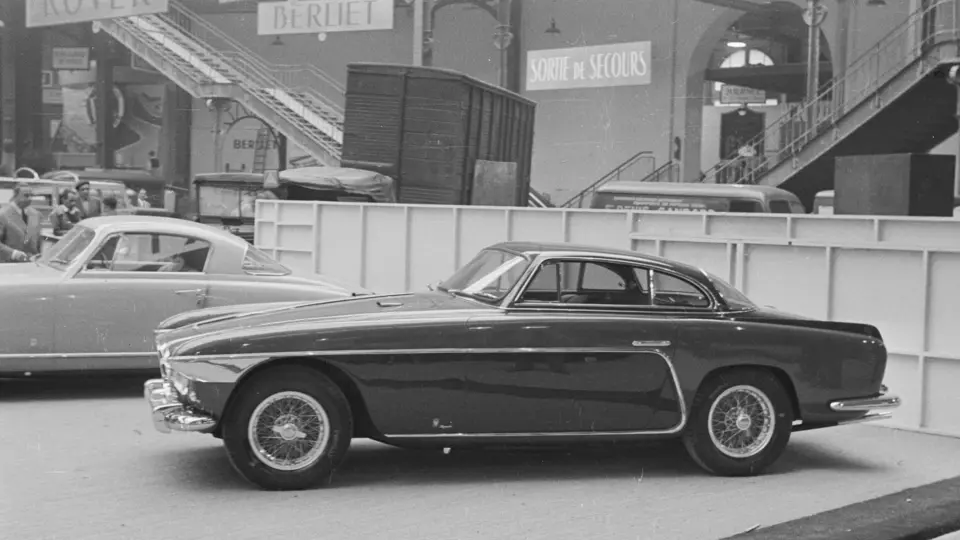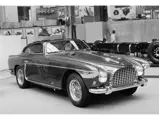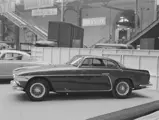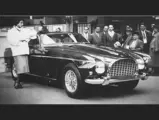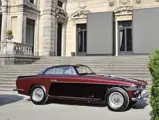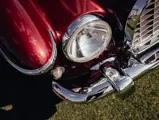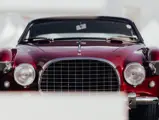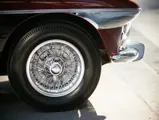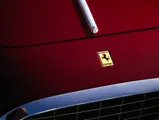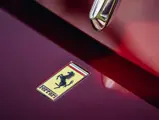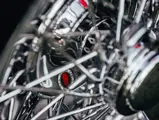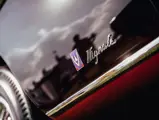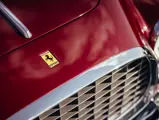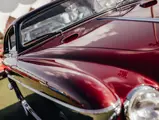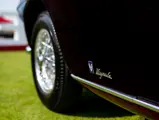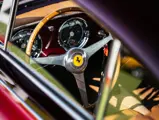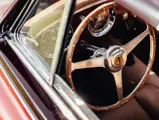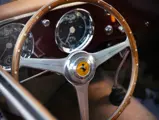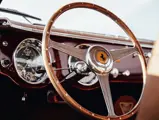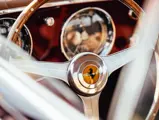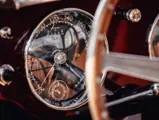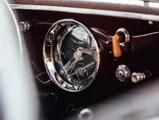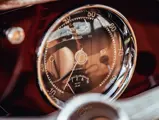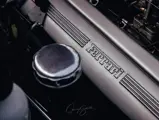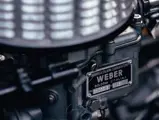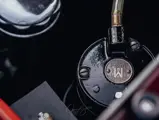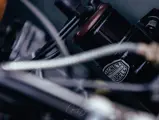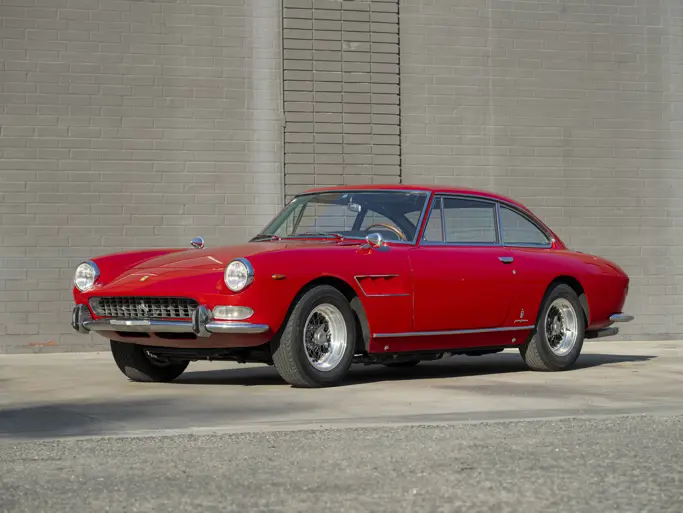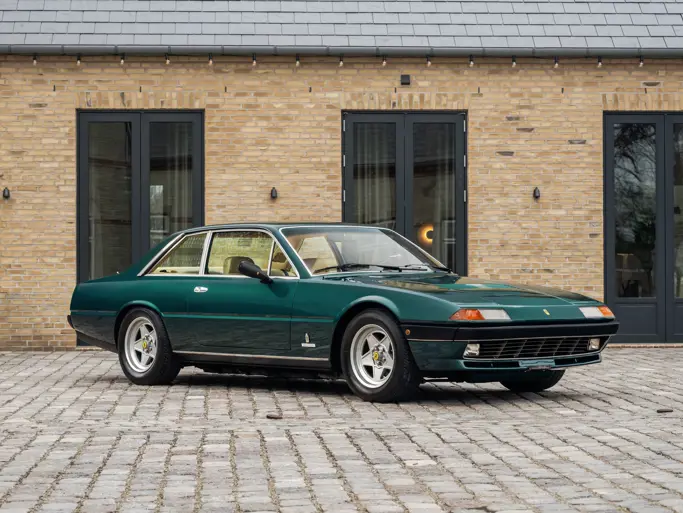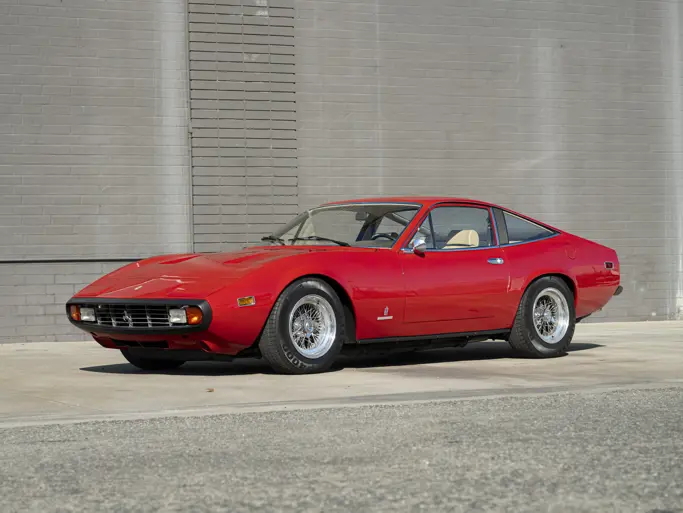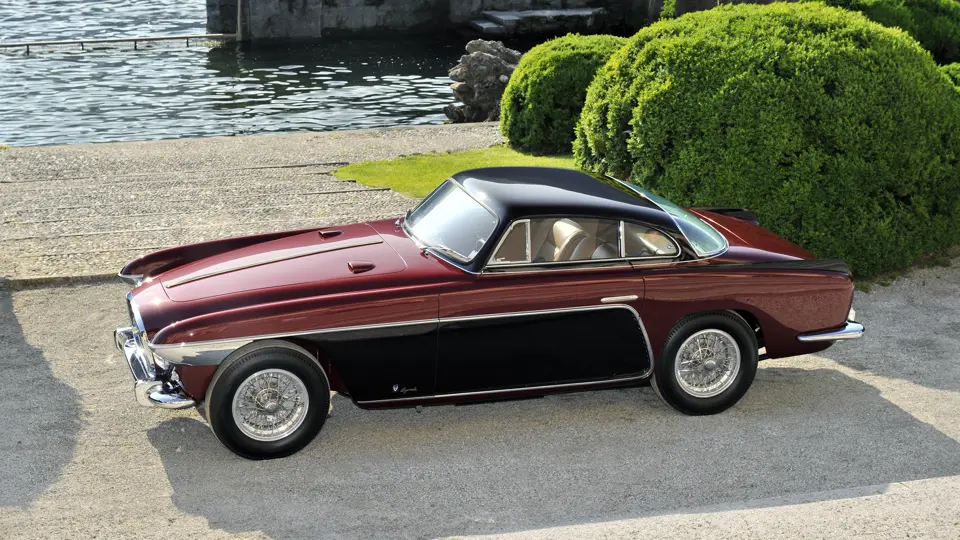
1953 Ferrari 250 Europa Coupe by Vignale
{{lr.item.text}}
$4,295,000 USD | Sold
{{bidding.lot.reserveStatusFormatted}}
- The very first luxury grand touring Ferrari powered by a 3-liter Colombo V-12 engine, and the first of 22 Europas built
- One of the most elegant and iconic designs penned by celebrated Vignale designer Giovanni Michelotti
- Produced by Ferrari for the 1953 Paris Motor Show
- The first of only two 250 Europas that feature the legendary 3-liter Colombo V-12; and one of only three Vignale-bodied 250 Europa coupes
- Meticulously restored from 2010 to 2015 by Brian Hoyt’s Perfect Reflections, including full rebuild of matching-numbers engine by Patrick Ottis
- Certified by Ferrari Classiche with a Red Book authenticating the continued presence of the matching-numbers engine
- Multiple Best of Show and FCA Platinum Award wins, including Best of Show at the Cavallino Classic Middle East, Suisse Concours d’Elegance, and the Las Vegas Concours d’Elegance
- Exhibited at the Pebble Beach Concours d’Elegance, Villa d’Este Concorso d’Eleganza, Salon Privé Concours d’Elegance, Cavallino Classic, and the Ferrari Museum in Maranello
- Cover car; subject of feature article in the June/July 2016 issue of Cavallino magazine
BIRTH OF A LEGEND
Every great saga opens with a deceptively simple chapter, or as the saying goes, the longest journey begins with but a single step. In the case of the featured lot, that great saga, the metaphorical longest journey, is the production of Ferrari’s longest-running and most celebrated vintage model—the 250 GT. And this remarkable coachbuilt Ferrari is that opening chapter, the initial single step; this Vignale-bodied Ferrari is the very first 250 road car produced.
From its 1947 inception, Ferrari overwhelmingly relied on a Gioacchino Colombo-designed V-12 that was successively developed from its original 1.5-liter displacement to 1.9, 2.3, 2.6, and 2.7-liter configurations. In early 1952, the engine was further enlarged with a single-cylinder volume approaching 250 cubic centimeters, and the resulting 2,953-cubic-centimeter engine became the first edition of the famous Colombo short-block 3-liter V-12—a motor that in one form or another remained in production through 1964. This remarkably long development period of 13 years not only cemented an important legacy in Ferrari’s lore, but it guaranteed the 250 engine a degree of reliability that was altogether lacking in less developed and time-tested motors engineered by the competition, a benefit that became apparent during numerous wins in endurance racing events.
Unsurprisingly, the earliest 250 engines were utilized in competition cars, starting with the 250 Sport that Giovanni Bracco famously flogged through the rain to win the 1952 Mille Miglia, and most immediately leading to a short run of 250 MM berlinettas and spiders that followed. A year later Ferrari finally installed the 3-liter V-12 in a luxurious grand touring car intended solely for road use: this very important Vignale-bodied Ferrari (0295 EU), in what was essentially the inception of the legendary 250 GT.
According to an authoritative feature article in Cavallino magazine by Ferrari historian and Pebble Beach judge Alan C. Boe, and as corroborated by the research of marque expert Marcel Massini, chassis number 0295 EU, presented here, is the very first 250 Europa built. It is effectively the prototypical example of a 3-liter grand touring Ferrari, and it was one of just two that received the 3-liter Colombo 250 V-12. (Only the first two 250 Europas were equipped as such, the following 20 examples being fitted with a Lampredi-designed engine.) The car is one of just three 250 Europa coupes that were bodied by Vignale. Most importantly, however, this car must be considered a prototypical example of a Ferrari 3-liter Colombo-powered grand touring car, essentially the progenitor of the venerable 250 GT, Ferrari’s most celebrated and successful platform.
A one-off, 0295 EU was clothed in one of Giovanni Michelotti’s more intriguing designs, showing a clear influence from the Vignale-bodied 340 Mexicos that ran the Carrera Panamericana, while featuring intricate finishing in the half-chromed fender protuberances, and chrome-molded side scallops painted in a complementary two-tone color scheme. The large eggcrate grille, single arcing belt line, and the high-waisted low-roof architecture combined to result in a muscular brute of a stance, emanating power and style.
This 250 Europa was publicly unveiled by Ferrari in October 1953 at the Paris Salon. The coachwork was finished in an arresting shade of Rosso Rubino, with a very dark hue of Amaranto red in the distinctive coves, nearly approaching black. This luxuriously appointed road car represented Maranello’s strongest step yet toward a consistent model line, as the 250 would soon assume full production in the Pinin Farina-bodied 250 Europas and Europa GTs, the segue to the true 250 GT Coupes and Cabriolets that appeared in 1956 and 1957. Ferrari’s first phase of legitimate production automobiles would eventually extend all the way to the 250 GT/L Lusso of the mid-1960s, while offering some of history’s most compelling models along the way, including the dual-use Tour de France Berlinetta and California Spider, and the competition-specified Testa Rossa and GTO race cars.
Following its presentation at the 1953 Paris Salon, this fascinating Europa was sold to its first owner, Robert Teakle of Detroit, Michigan. Over the next 18 years, the Ferrari passed through the care of seven additional American owners before being acquired in August 1971 by Gilbert Walton of Danville, California. Mr. Walton went on to retain possession for a remarkable period of 37 years, during which the Europa was mostly stored in preparation for a restoration. Some work began in the mid-1980s, but when Mr. Walton offered the car for sale in 2008, it was still in a partially disassembled state.
ITALIAN RENAISSANCE
In August 2008 the significant Ferrari was purchased from Walton by Brian Hoyt, the well-known proprietor of Perfect Reflections in Hayward, California, one of the vintage Ferrari niche’s most respected restoration concerns. Aware that he had secured the long-forgotten 1953 Paris Salon show car, Mr. Hoyt commenced an exacting refurbishment that addressed every mechanical and cosmetic consideration. The original Colombo 3-liter V-12 was sent to the highly respected marque specialist Patrick Ottis, who completely rebuilt the important engine, including the installation of new pistons.
The running gear and ancillary systems were all rebuilt, and Mr. Hoyt spent many hours studying photos of the car from 1953 in order to optimally replicate the finish and accessory details. The aluminum coachwork was reduced to bare metal and then treated to a deep two-tone finish in Rosso Rubino on the majority of the body, while the side coves were finished in contrasting Nero, and the interior was trimmed in beige leather upholstery.
Upon completion of the masterful five-year restoration, the Europa was sold to the consignor, a respected collector of important vintage Ferraris based in Kentucky. In an effort to further improve the car’s historical accuracy, the new owner and Mr. Hoyt took additional efforts to study period evidence. Concluding that the side coves were originally a very dark red, but not quite black, Mr. Hoyt refinished the coves in a thin coat of red paint that returned them to a beautiful deep red hue.
The owner wasted no time in exhibiting the magnificent Europa on the show scene, beginning with presentation at the Pebble Beach Concours d’Elegance in August 2015, where the car participated in the very competitive Grand Touring Ferrari class. Five months later the 250 was shown at the Cavallino Classic, winning a Platinum Award and the Elegance Cup for the finest coachbuilt Ferrari.
In April 2016 the Europa was certified by Ferrari Classiche with a Red Book that demonstrates the continued presence of the numbers-matching chassis, engine, and coachwork. The gearbox and rear differential have been replaced with correct-type components stamped by Ferrari Classiche, further assuring the car is presented with the highest possible level of authenticity.
In May 2016 the Ferrari was exhibited at the exclusive Villa d’Este Concorso d’Eleganza at Lake Como, Italy, and a month later it was the featured cover car of Cavallino magazine, in conjunction with Mr. Boe’s well-researched article. In 2017 the Europa was presented at the Arizona Concours d’Elegance, collecting a class award and a special award for the Most Elegant Postwar Car, and at the Salon Privé Concours d’Elegance in Great Britain, where it won an Outstanding Coachwork award during the event’s tribute to 70 Years of Ferrari. The year’s activities were nicely rounded out when the Europa was displayed at the Ferrari Museum in Maranello.
Additional awards were earned at the 2019 Concours d’Elegance Suisse (Best of Show), the 2019 Las Vegas Concours d’Elegance (Best of Show, Post War), and the 2021 Cavallino Classic Middle East edition at Abu Dhabi (Best of Show and Gran Turismo Cup). The consignor also enjoyed the car in an organized driving event when it participated in the Ferrari Factory Cavalcade Classic staged through the Dolomite Mountains in Italy during September 2022.
Ideal for enjoyment on major vintage touring events and rallies, or presentation at world-class concours d’elegance, this outstanding show-awarded Europa is an important cornerstone of the 250 GT legend. It continues to benefit from Mr. Hoyt’s top-notch restoration, and it is desirably documented with the Ferrari Classiche Red Book that certifies the continued presence of the matching-numbers V-12 engine. Bona fide Maranello show cars presented by the manufacturer in period are only seldom offered in public, and this extremely special coachbuilt example would make a crowning acquisition for any connoisseur of significant 1950s Ferraris. For collectors in search of important prototypical examples of legendary post-war models, the availability of 0295 EU presents a unique opportunity for the knowledgeable tifoso.

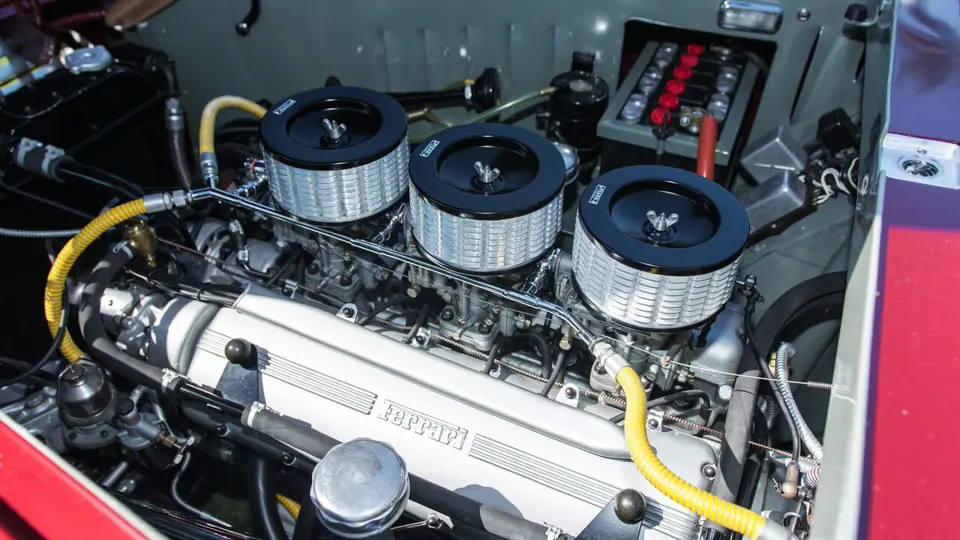


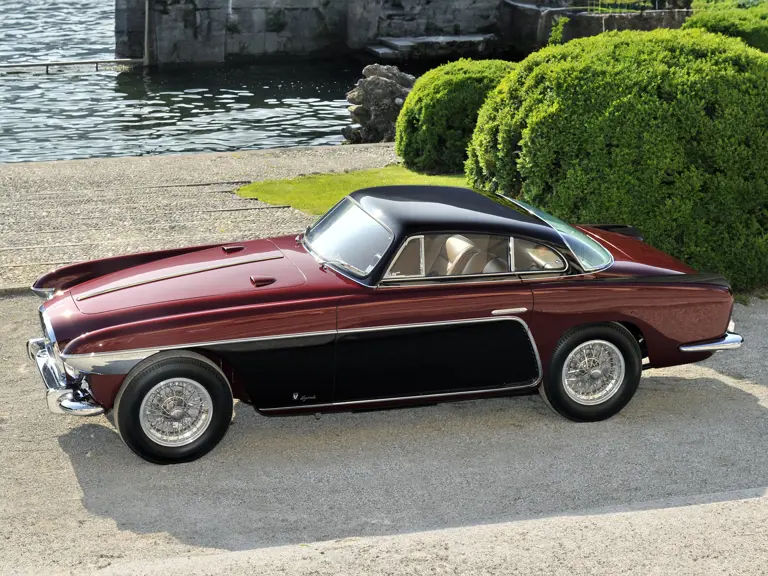

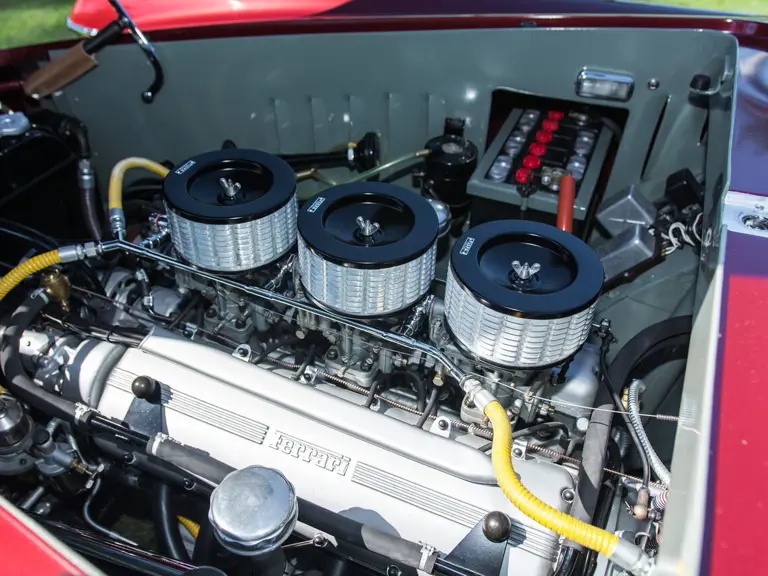
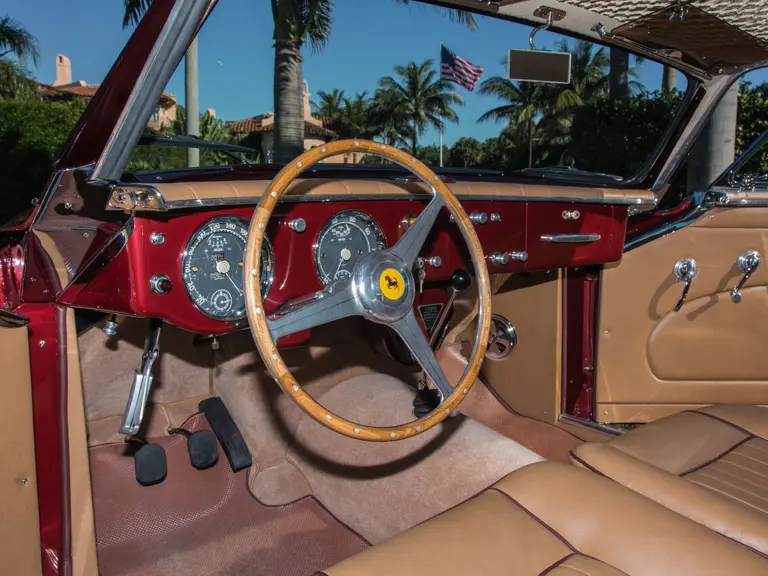
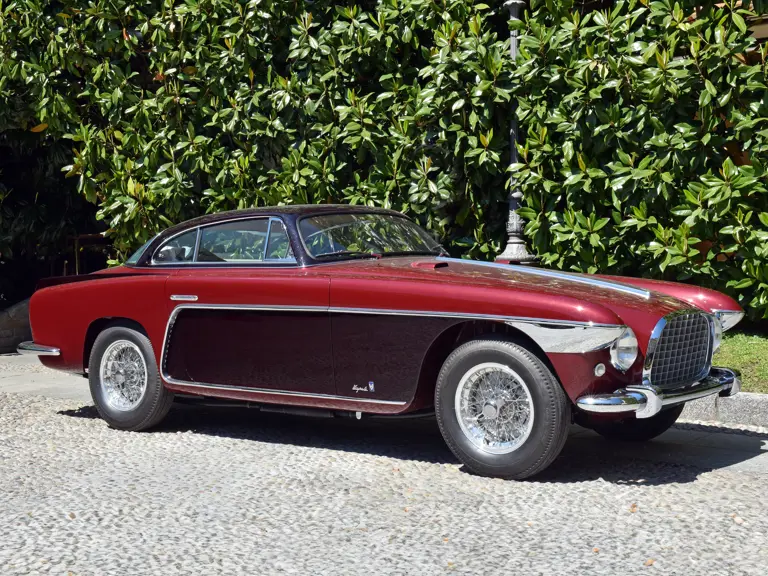

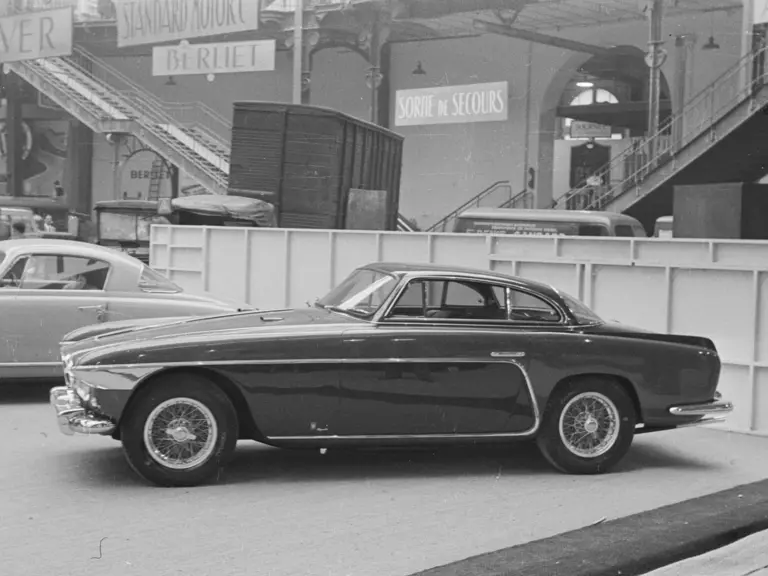
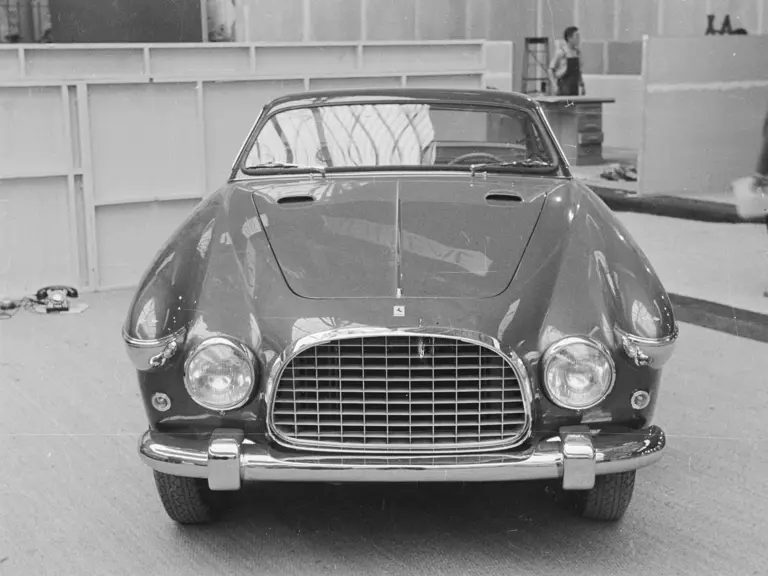
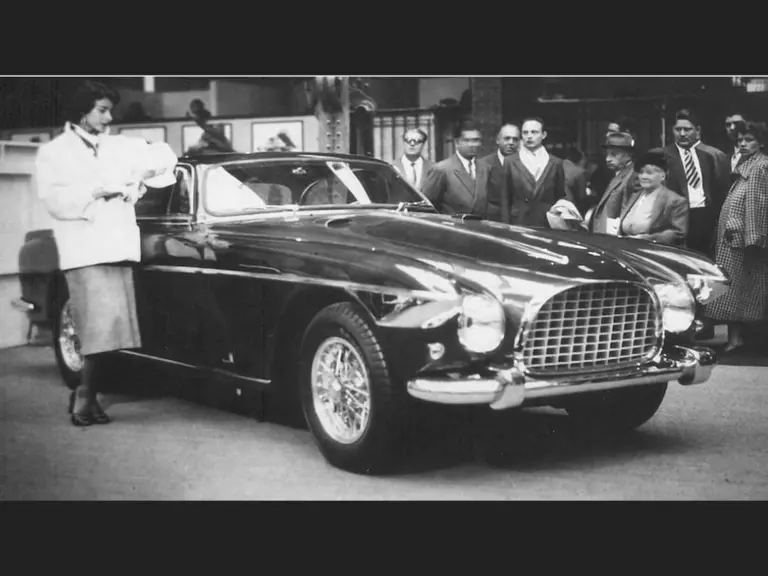
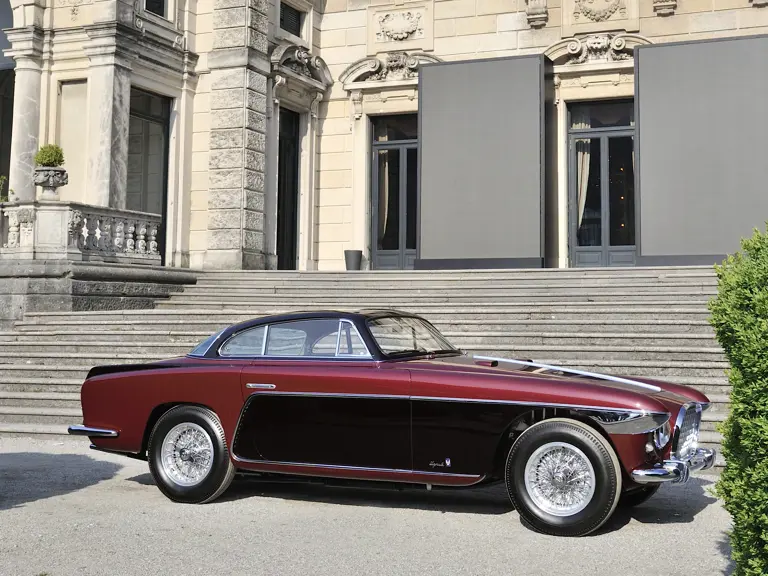


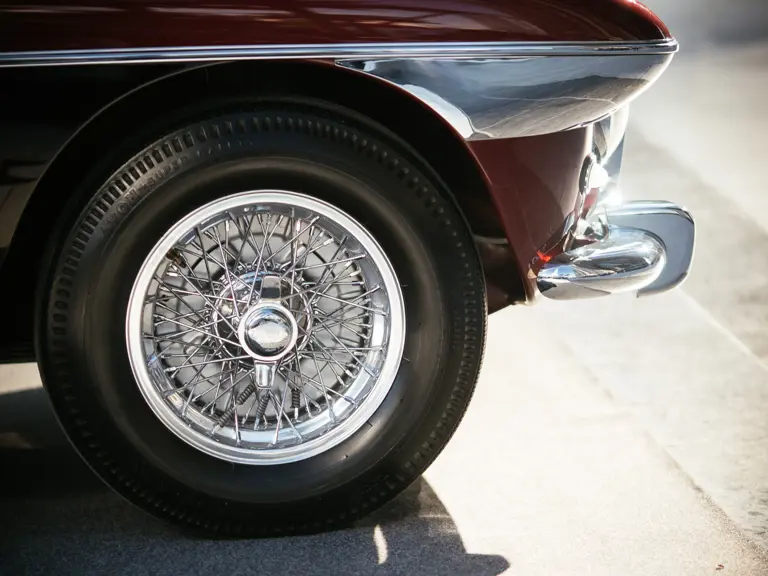
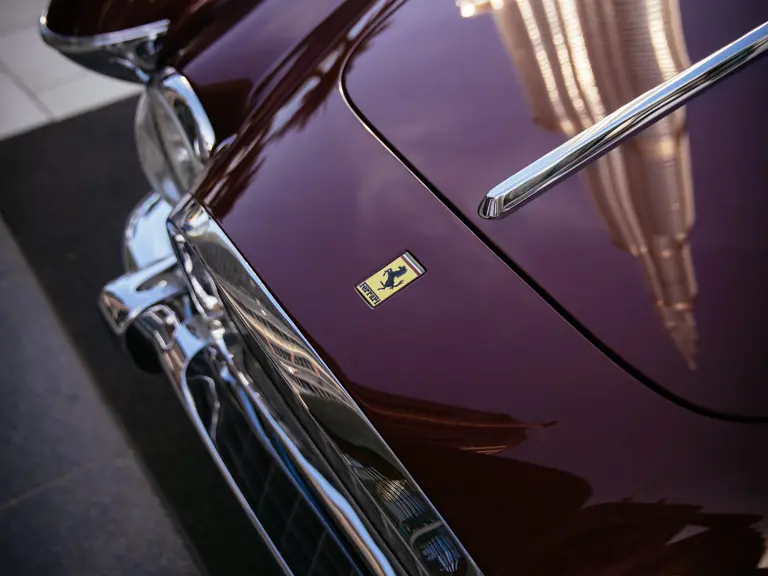
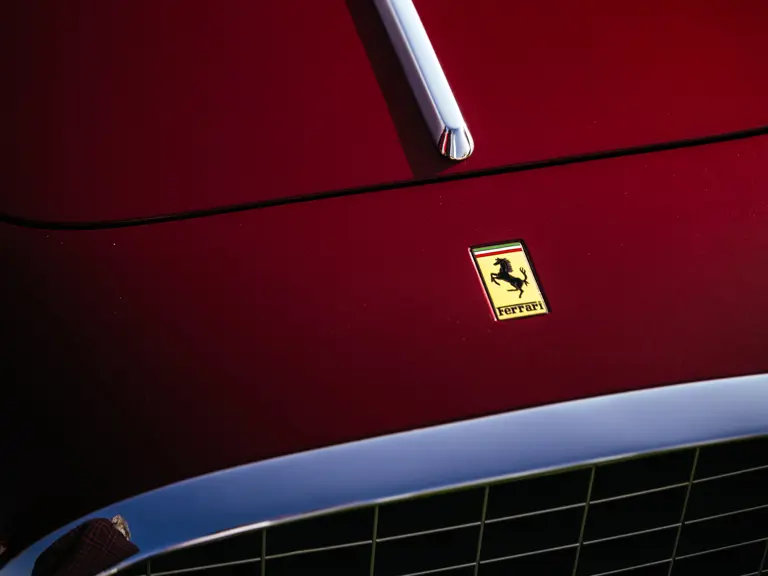
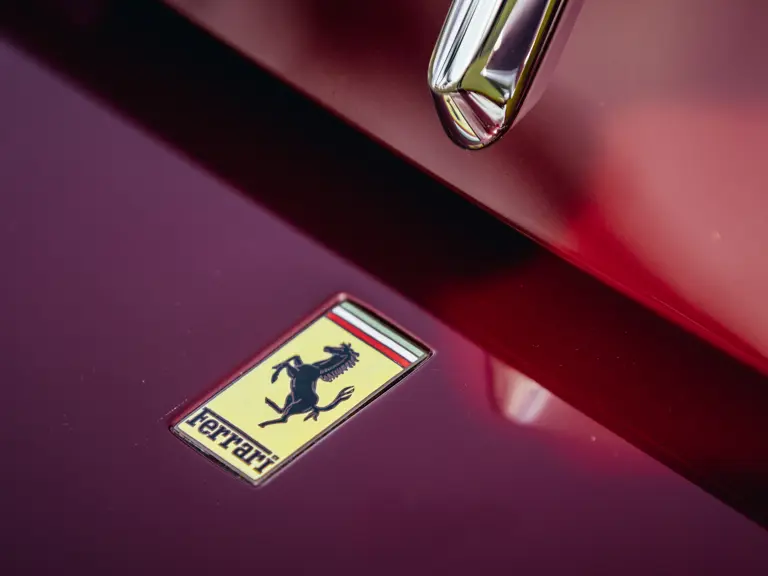
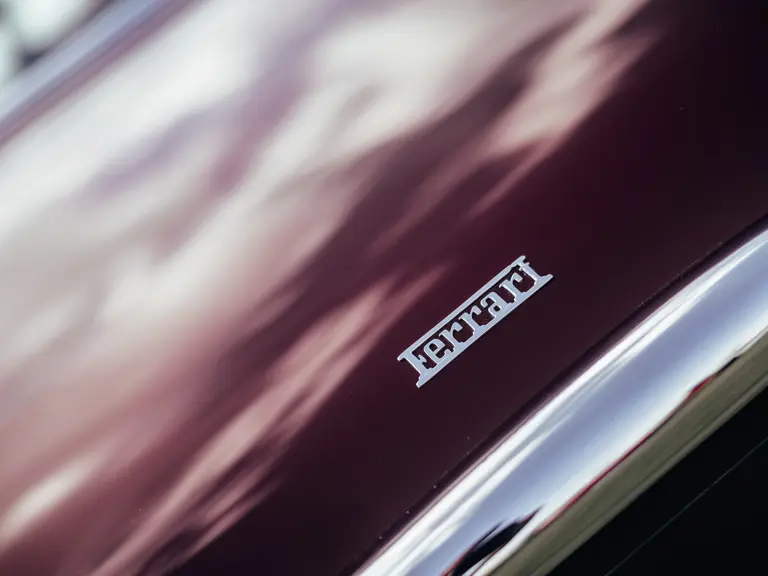

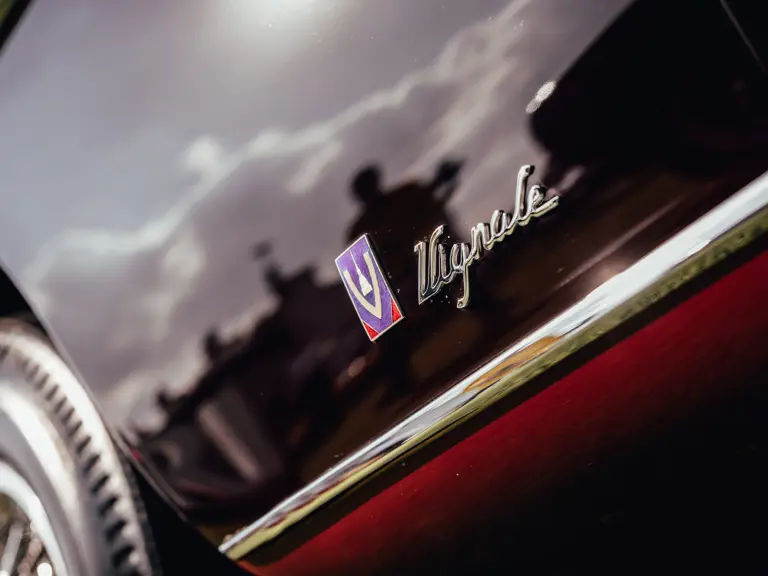
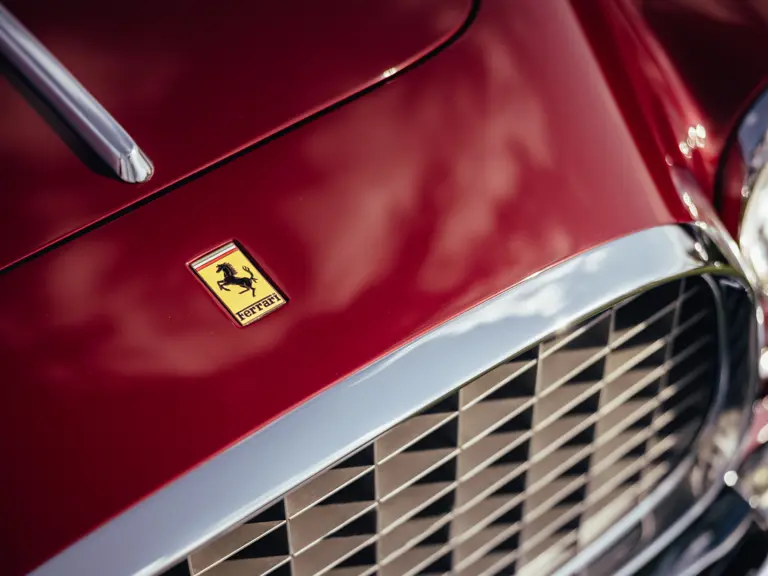
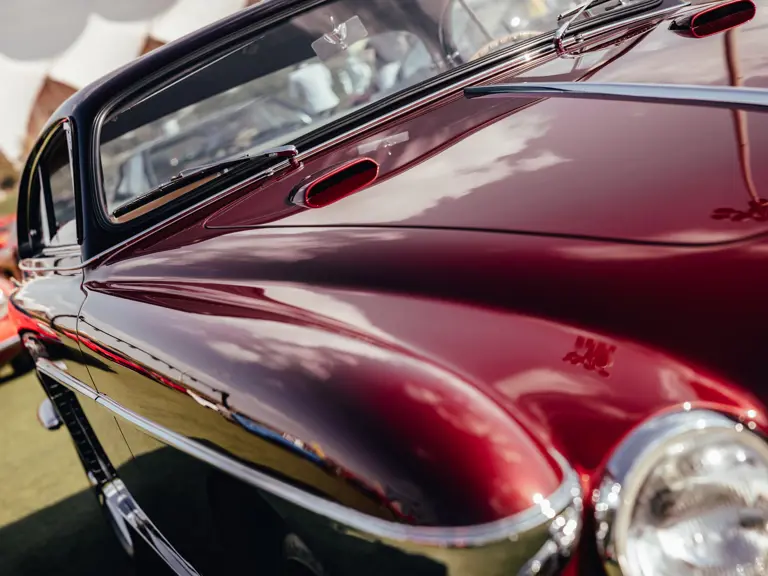
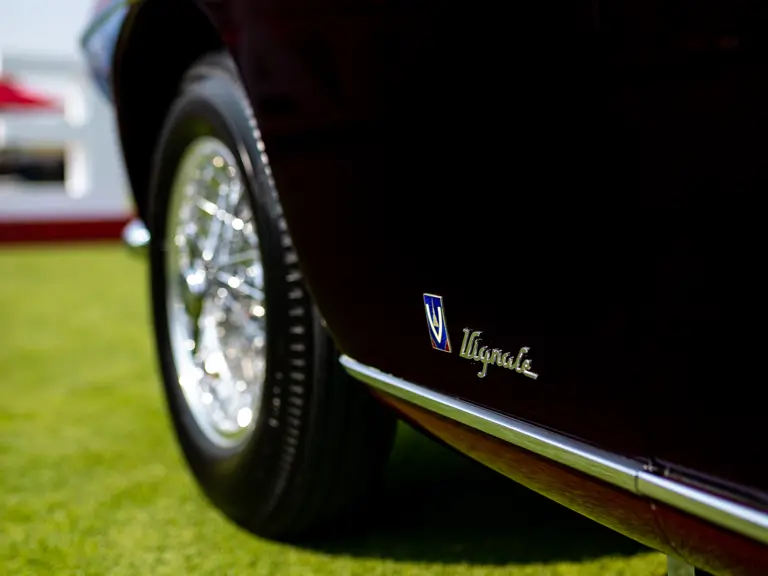

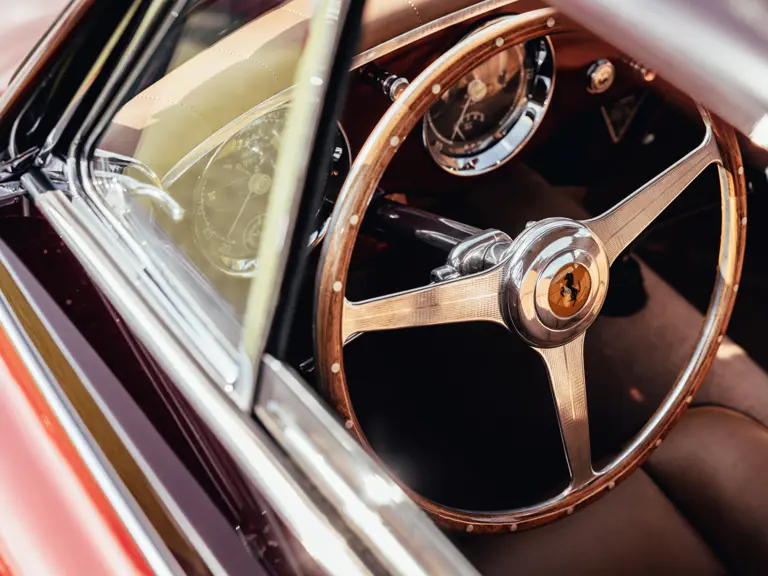
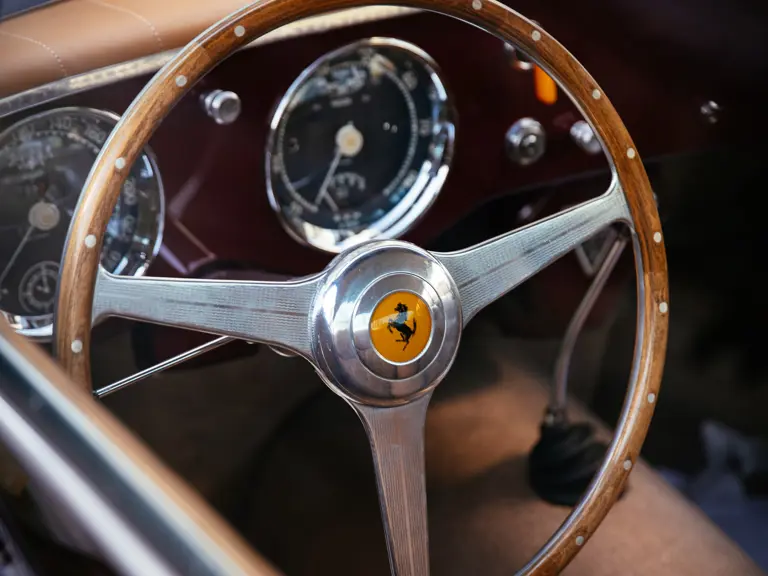
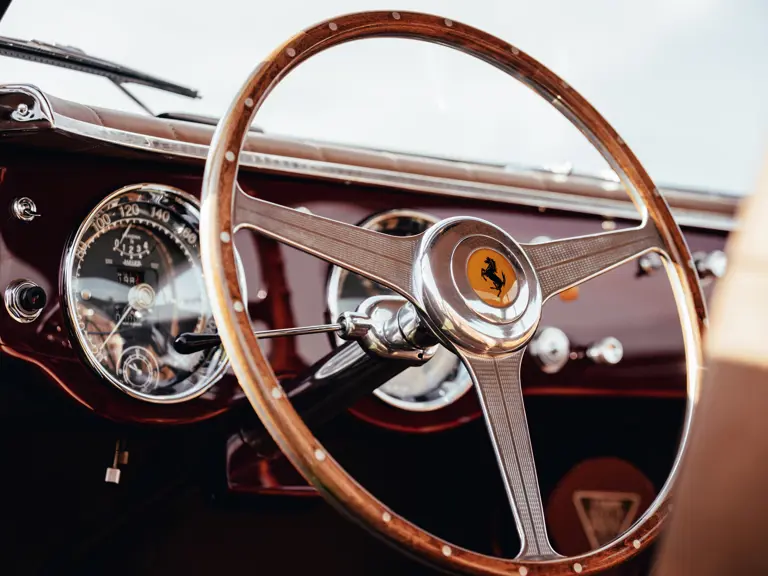

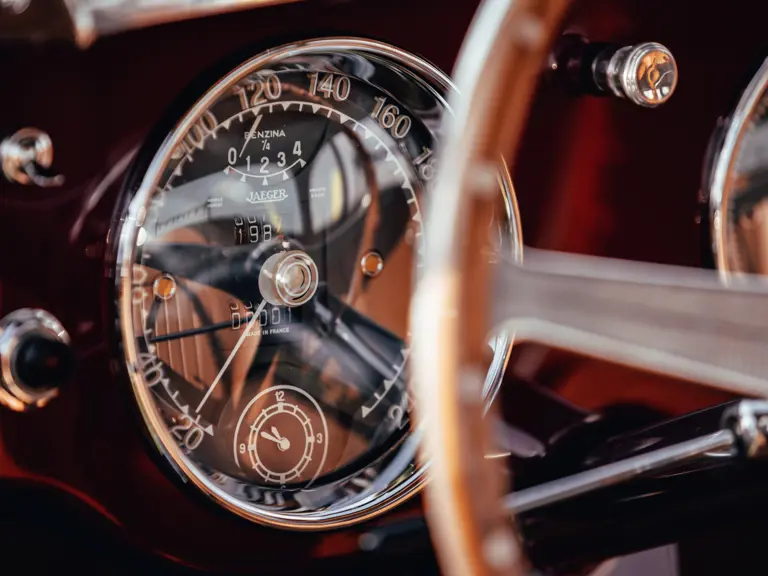
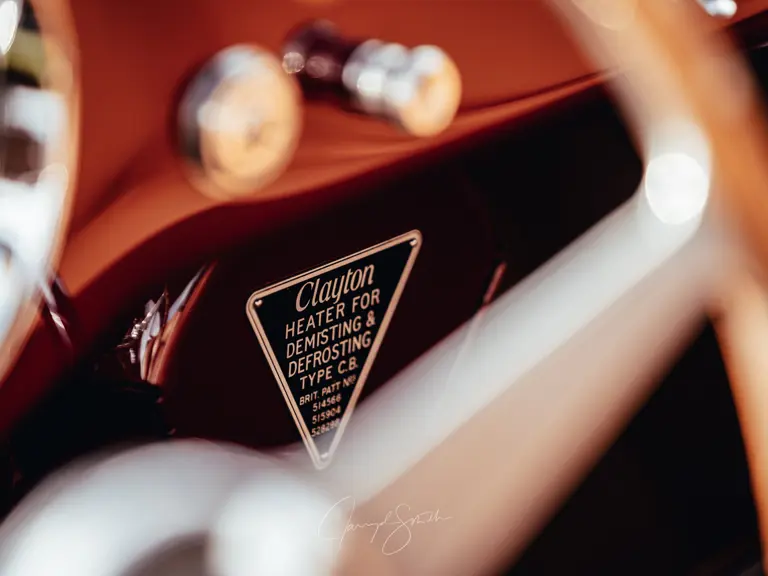
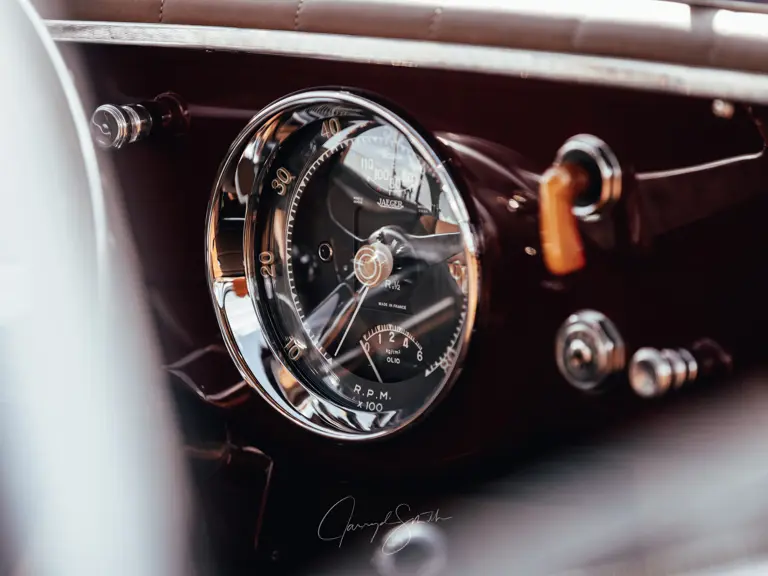
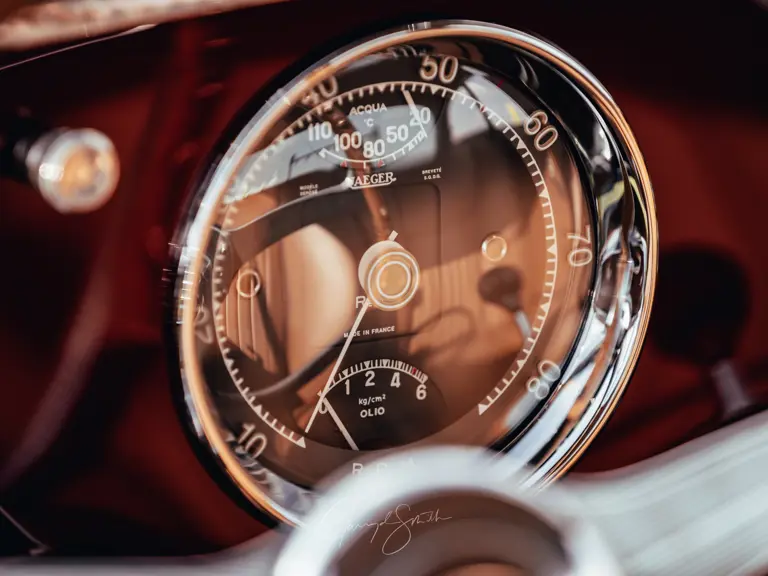
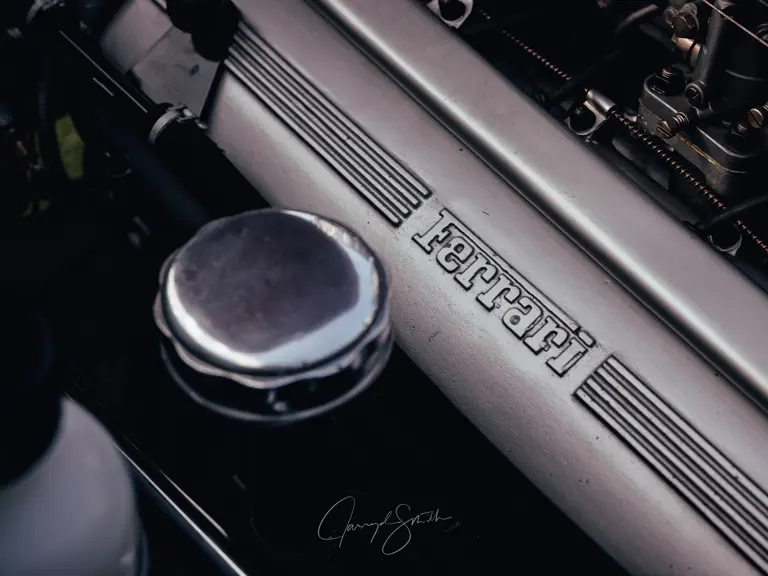
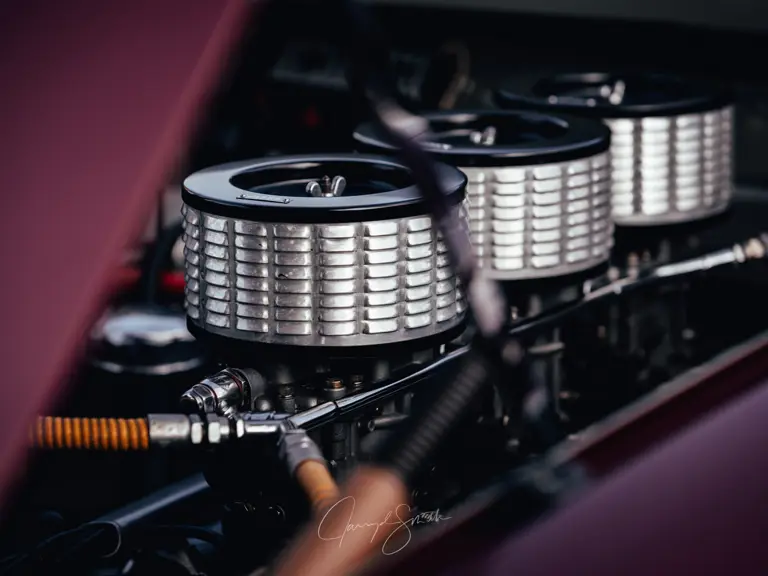
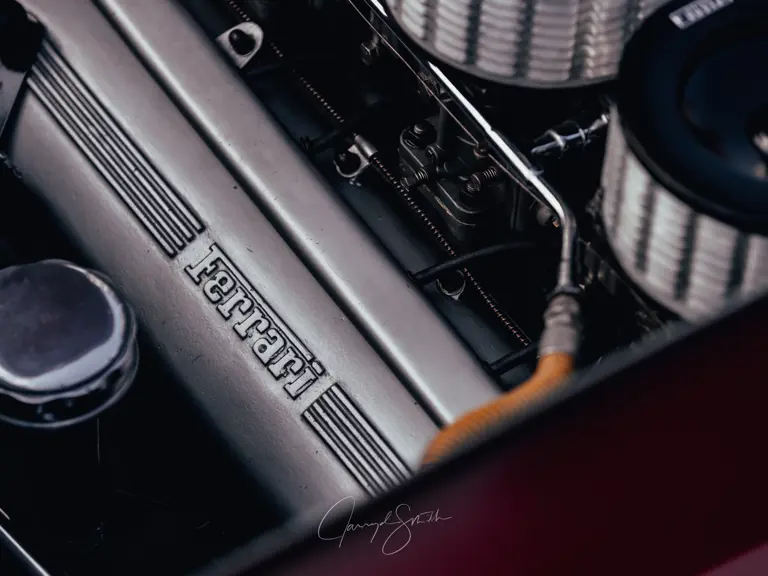
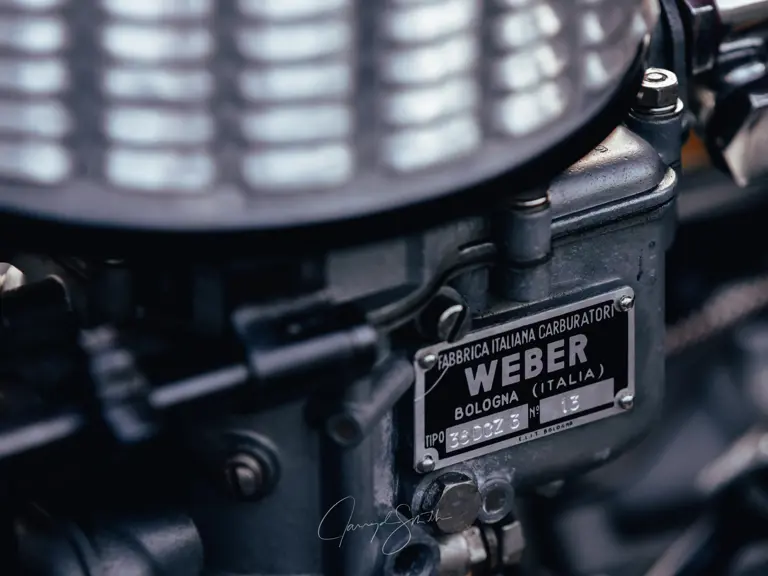
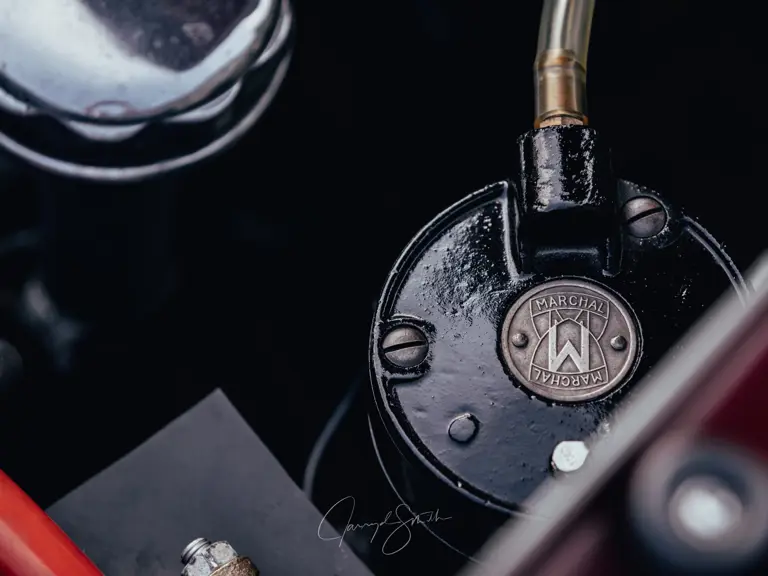
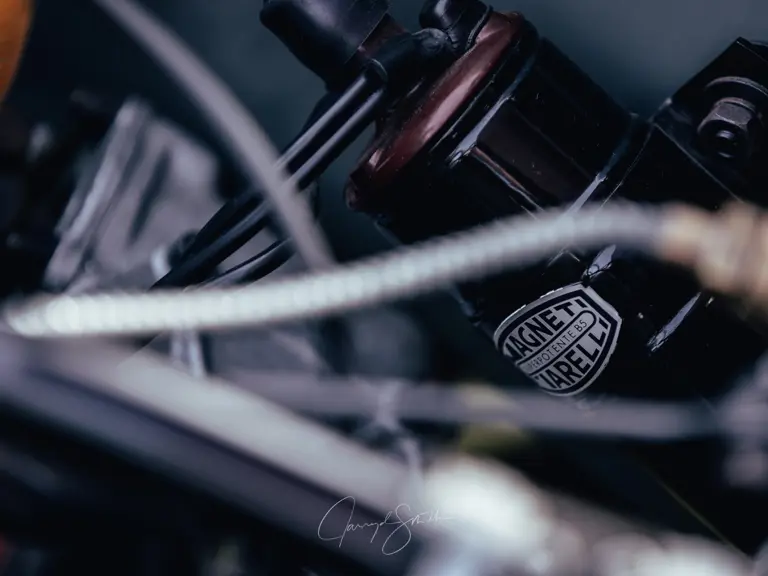
 | Coral Gables, Florida
| Coral Gables, Florida

